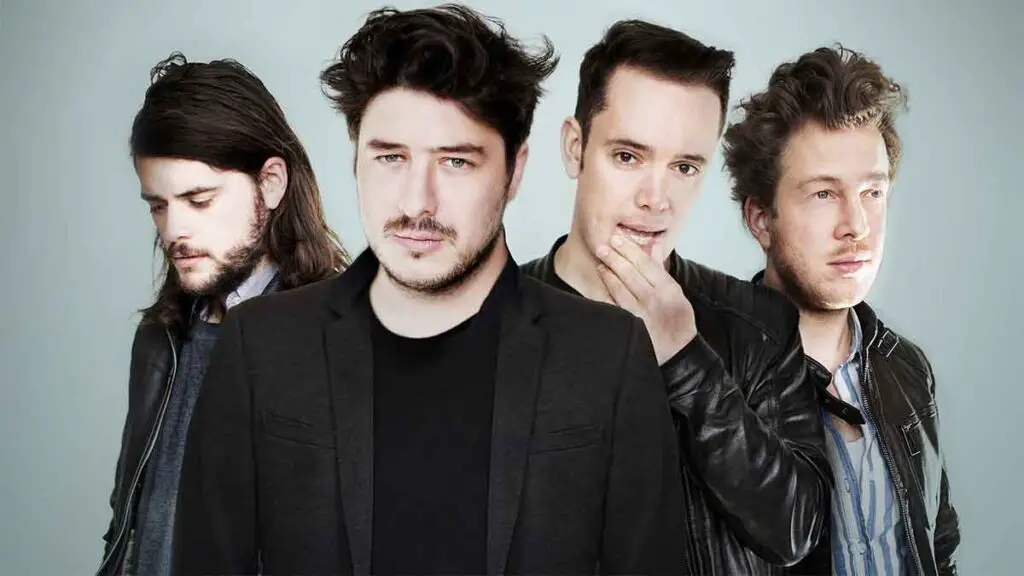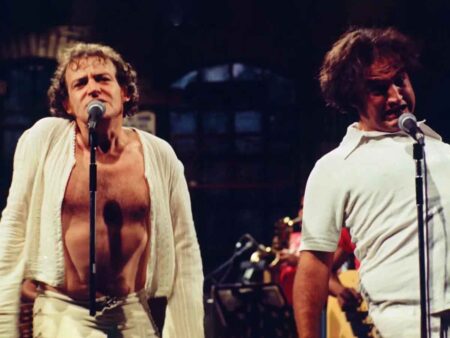The 1960s saw a dramatic resurgence of folk music in the United States, transforming a traditional, often regional genre into a national movement with mainstream appeal. At the heart of this revival were influential artists like Pete Seeger, Peter, Paul & Mary, and the thriving coffeehouse circuit that provided a stage for a new generation of folk musicians.
With the backdrop of social upheaval, civil rights activism, and anti-war sentiment, folk music became a powerful voice of change.
Contents
The Foundations: Pete Seeger and the Folk Tradition

No conversation about the folk revival is complete without mentioning Pete Seeger. A former member of the influential folk group The Weavers, Seeger played a pivotal role in bringing traditional folk songs to new audiences. His deep commitment to social causes, combined with his ability to craft singable, rallying anthems, made him a central figure in the movement.
Seeger’s songs, such as Where Have All the Flowers Gone?, If I Had a Hammer, and Turn! Turn! Turn!, resonated deeply with listeners, blending timeless folk melodies with contemporary themes of peace and justice. His involvement in civil rights marches and anti-war demonstrations, often armed with his iconic banjo, solidified folk music as the soundtrack of activism.
Peter, Paul & Mary: Bringing Folk to the Masses
While Seeger and other folk purists laid the groundwork, it was Peter, Paul & Mary who helped bring the genre into the mainstream. Formed in 1961, the trio—Peter Yarrow, Paul Stookey, and Mary Travers—had a polished, harmonious sound that made folk music accessible to a wider audience. Their interpretations of songs by Bob Dylan (Blowin’ in the Wind), Pete Seeger (If I Had a Hammer), and their own compositions (Puff, the Magic Dragon) became anthems of the decade.
Unlike the raw, grassroots sound of early folk recordings, Peter, Paul & Mary’s refined production values and tight harmonies made folk music palatable for pop audiences. Their performances at major events like the 1963 March on Washington reinforced their status as both entertainers and activists.
The Coffeehouse Circuit: A Hub for Folk Expression
One of the most significant aspects of the folk revival was the emergence of coffeehouses as cultural hubs for folk musicians. Cities like New York’s Greenwich Village became epicenters for aspiring artists to perform, share songs, and develop their craft. Venues like The Gaslight Cafe and Gerde’s Folk City provided launching pads for artists such as Bob Dylan, Joan Baez, and Phil Ochs.
These intimate settings encouraged audience participation, singalongs, and a sense of community, reinforcing folk’s role as a people’s music. The movement’s accessibility meant that anyone with a guitar and a message could take part, contributing to a rich and ever-expanding tapestry of folk voices.
Folk Festivals and the Rise of the Revival
As folk music’s popularity surged, festivals dedicated to the genre flourished. The Newport Folk Festival, founded in 1959, became a pivotal gathering place for both established and emerging artists. It was at Newport in 1963 that Bob Dylan was introduced to a national audience, and in 1965, his controversial electric performance signaled folk’s evolution into folk-rock.
Smithsonian Folkways Records also played a crucial role in preserving and distributing folk music, ensuring that traditional songs and new compositions reached listeners far beyond the coffeehouses and festivals.
The Legacy of the Urban Folk Revival
By the late 1960s, folk music had firmly planted itself in popular culture, influencing subsequent genres such as folk-rock and singer-songwriter movements of the ’70s. While folk purists lamented its commercialization, the movement undeniably expanded folk music’s reach and impact. Artists like Seeger, Peter, Paul & Mary, and Dylan helped shape a generation’s consciousness, using music as a tool for storytelling, protest, and social change.
Modern Folk: The Influence on Today’s Artists

The impact of the 1960s folk revival continues to be felt in today’s music. Artists like The Lumineers, Fleet Foxes, and Mumford & Sons draw directly from the storytelling traditions and acoustic sensibilities of their folk predecessors.
Meanwhile, singer-songwriters such as Brandi Carlile and Phoebe Bridgers incorporate folk-inspired lyricism and activism into their work, echoing the socially conscious songwriting of Seeger and Dylan.
Many contemporary folk artists embrace the same grassroots ethos that defined the revival, using platforms like YouTube and social media to share their music independently, much like the coffeehouse circuit of the ’60s provided a stage for emerging talent.
Festivals such as the Newport Folk Festival continue to bridge the gap between classic and modern folk, showcasing artists who keep the spirit of protest songs and community storytelling alive.
Even today, the echoes of the ’60s folk revival can be heard in contemporary folk and indie artists who continue to draw inspiration from this transformative era.




